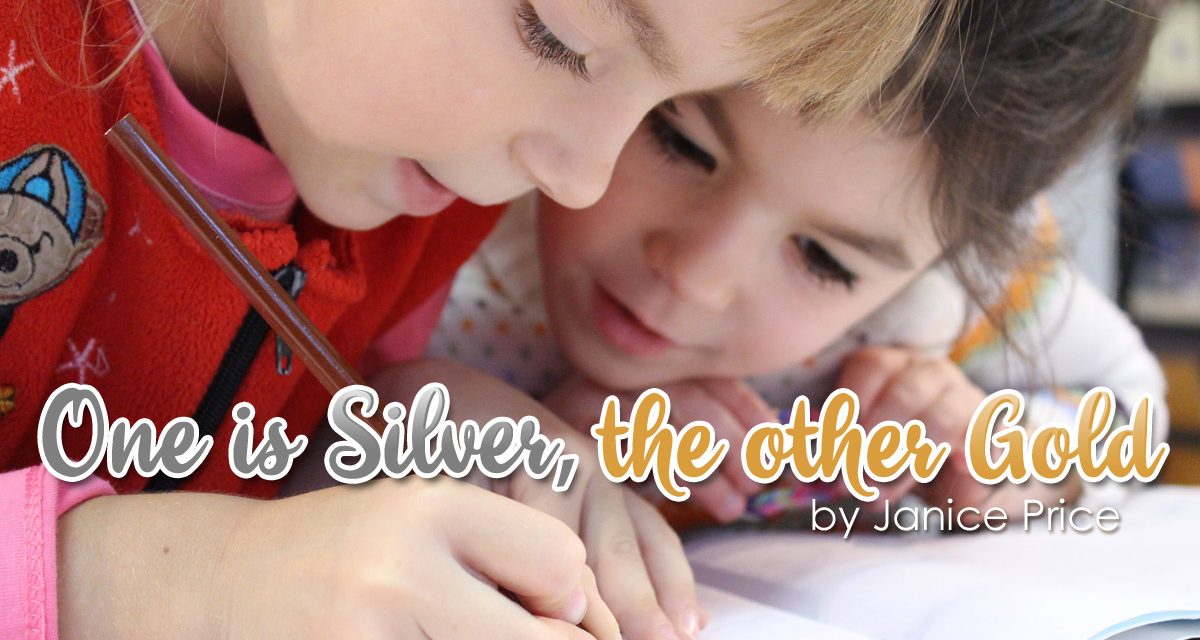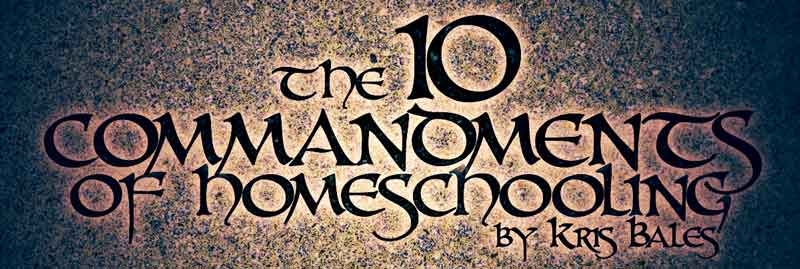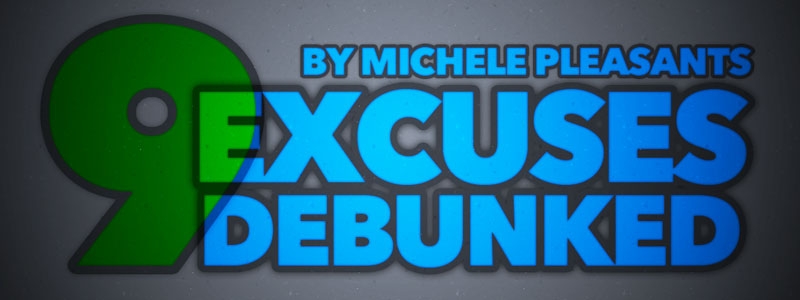Our teenaged “new” millennium has just entered a new decade. For me it will be the fifth decade in which I’ve been involved with homeschooling. (It sounds much worse than it actually is: 80s, 90s, 00s, teens, and now 20s). Back when I cracked open my first homeschooling workbook with my then four-year-old daughter (in 1985), I could never have guessed the changes that were going to be part of everybody’s lives nor what those changes would mean for homeschooling.
Homeschooling is common in 2020 America. But, in Michigan when we started, it was illegal and homeschoolers were trying to keep under the radar. Theoretically, you could be arrested and some were which ultimately led to a generous homeschooling law in MI. All that is far in the past. Homeschooling has been legal in all 50 states since 1993 and it’s estimated that there are 1.8 million homeschooled students – or 3.4% of the US student population. Almost everybody knows of somebody who is homeschooled. It’s referenced on TV shows and news reports – with varying degrees of approval. I think you can safely say, it has become mainstream. Who would have ever guessed?
The digital age has settled firmly into our lives. We got our first computer within a year of our homeschool start. That tape-driven Commodore 64 did not threaten to turn our lives upside down but the parade of subsequent changes certainly has done exactly that. From bag phone to smart phone; from encyclopedias to search engine; from tangled cords to wi-fi. I’ve embraced it all; marveling at the convenience and breadth of the world it’s opened.
These two factors have ushered in all sorts of changes. There’s a dizzying array of curriculum products available in every subject for every learning style and in every price range. Schooling options likewise abound: digital classes/schools, co-ops, university model schools, classes, and dual-credit classes – to name just a few. What used to be mainly choosing between a few classroom oriented publishers and/or products has now become sifting through product reviews, hours of online research, and taking a careful look at your own specific situation.
One online resource lists 50 reasons why people choose to homeschool. They pretty much all boil down to one basic reason, though – parents feel they can give their children a better education than they can receive in school. Specifics may vary. One family is concerned about bullying; another about academic challenge; another about school safety; and yet, another about faith-based content. The bottom line is the same. They are willing to make a significant time and financial commitment to shoulder the responsibility for the education of their children. And, furthermore, this lifestyle commitment choice extends far beyond the stay-at-home mother, single-income family of homeschooling’s yesteryear. Mothers working part-time or full-time, grandparents, dads, and even older siblings are becoming homeschool “parents.”
I sometimes get a little brain-crampy at all this progression and change. You can begin to think that homeschooling is so different now that it has left its roots far behind. But, if you get just a bit past the oh-so-obvious differences, you begin to see that there are some huge similarities in today’s versus yesterday’s homeschoolers. Here are just a few that I’ve noted as I’ve watched my two daughters launch into their own homeschooling careers and talked with the amazing homeschooling moms (and dads) who work right here beside me here at Rainbow.
One-on-one interaction is still the heart of effective homeschooling. Jess (our marketing director) has noticed that meal-time discussions on topics that come up during school time are just as important now with her children as they were when she was a child. Important learning takes place outside of “regular” school hours and makes working alongside your children in projects absolutely essential. Neither iPad educational games or audio books or movies will EVER take the place of family read-aloud times. Who else but dad can make all those special sound effects? Who else but mom can inflect such meaning into the words?
Homeschooling builds a family culture. It still is a lifestyle commitment. Homeschooling families spend time together. Period. The second-generation Rainbow homeschooled children are involved with the family business – just as their parents were. They sometimes help with shipping or packaging manipulatives or setting up a convention booth. Even without a “Rainbow project,” family favorites (books, games, etc.) or experiences (work projects, celebrations, vacations) lead to a shared vocabulary and shared memories.
There is life outside of the family, too. We loved our homeschool co-op. My children still have dear friends (as do I) who were among our co-op family. It’s probably not surprising that my girls have been drawn to Classical Conversations which my grandchildren call “co-op.” But, groups like CC, co-ops, and enrichment groups are only the tip of the iceberg. There are ball teams, gymnastics classes, church groups, choir, cross-country running clubs, scouts, and countless other avenues for extracurricular involvement.
Curriculum choices still need to be centered in the specific needs of your family. There is a ditty from my childhood days that goes like this: Make new friends but keep the old. One is silver and the other gold. The same is true with homeschooling curriculum. Even with the plethora of new, exciting, and glitzy curriculum products that are available to today’s homeschooler, many of the old “tried and true” choices are still going strong. Sing, Spell, Read, and Write, Teach Your Child to Read in 100 Easy Lessons, Explode the Code (Book 1 is Rainbow’s best-selling product), Miquon Math, and Saxon Math have maintained a well-deserved place. On the other hand, some of the newer publishers have produced courses that factor in the “needs” of homeschoolers – to be user-friendly, cost-effective, and for multiple ages. Notgrass for social studies, Apologia for science, All About Learning for language arts, and Math U See for math – just to name a few. Others – such as Science Fusion or AOP Monarch provide the online or computer-based components that many find appealing. If your focus is on your family and its specific make-up and characteristics, then you’ll be able to sort through the choices and match them with your family.
Things have changed here at Rainbow, too, over the decades (we’ve celebrated our 30th anniversary this year). We’ve gone from primarily being a conventions sales company to a catalog/website sales company. Over the years, we’ve added tens of thousands of products; some stay, some disappear. This past year saw a major overhaul in our curriculum catalog. However, one thing remains the same. We are committed to helping homeschooling families thrive. We are here to help. You can contact one of our consultant team or customer service anytime during our office hours (M-F; 8:30 am to 5:00 pm, central).




![Teacher Reboot: Retreat! [Part 2]](https://ourhomeschoolforum.com/wp/wp-content/uploads/2016/08/teacher-reboot-2-440x264.jpg)
